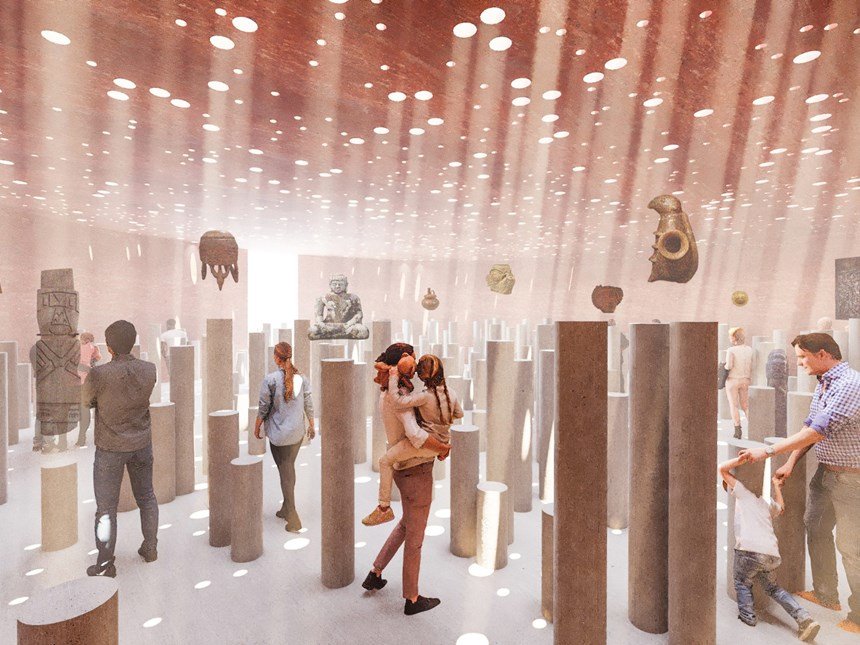What lessons can exhibitors draw from museums?
Trends 2024:
What lessons can exhibitors draw from museums?
For this month’s cup of coffee moment, our focus shifts to museums, prompting a question: What lessons can exhibitors draw from them?
Museums, galleries, and heritage sites are undergoing a transformation, becoming increasingly immersive and captivating. This evolution is fueled by the deployment of augmented and virtual reality technologies, enabling the articulation of multifaceted narratives.
Tech's Multisensory Impact
New immersive technologies like augmented and virtual reality are changing how people experience museums. They offer visitors different sensory ways to interact with historical artifacts, ancient buildings, and cultural histories, whether they're at the museum or exploring from afar.
Despite some challenges, museums are using technology to create immersive experiences. For instance, Shanghai’s Museum of Glass features a sandpit that transforms into glass through virtual projection, demonstrating glass making processes.
Credit: Shanghai’s Museum of Glass
Virtual travel is becoming more popular, with projects like bringing museums into the metaverse, allowing museums to showcase their collections online. Unesco opened a virtual museum housing 3D versions of 600+ stolen/appropriated artefacts from museums across the world, alongside information exploring the objects’ cultural/historical significance. It’s estimated that over 90% of objects in collections can’t be seen as they are in storage.
Museums in the Metaverse can help liberate these collections and will allow museums the freedom to connect with their audiences in new and exciting ways.
Credit: UNESCO
English Heritage promotes tech-free sensory experiences at its properties, encouraging visitors to connect with history.
UK-based non-profit English Heritage has installed signage across its 400+ properties urging visitors to be present. An alternative take on the usual warnings – like “Stay off the grass” – the signs say: “Stop, take off your shoes and stand where history happened” and “Beware, this view will live long in the memory”.
Credit: English Heritage
Key Learnings
Multisensory can go beyond digital experiences
While AR, VR, and other immersive tech are great, don't forget about simpler ways to engage the senses. Encourage visitors to enjoy nature sounds and quiet spots for reflection alongside digital experiences.
Expand access using the Metaverse
By showcasing digital versions of artifacts or products at your exhibit, you not only make them accessible but also save on shipping costs and physical display space. This way, you can share more of your range with visitors.



